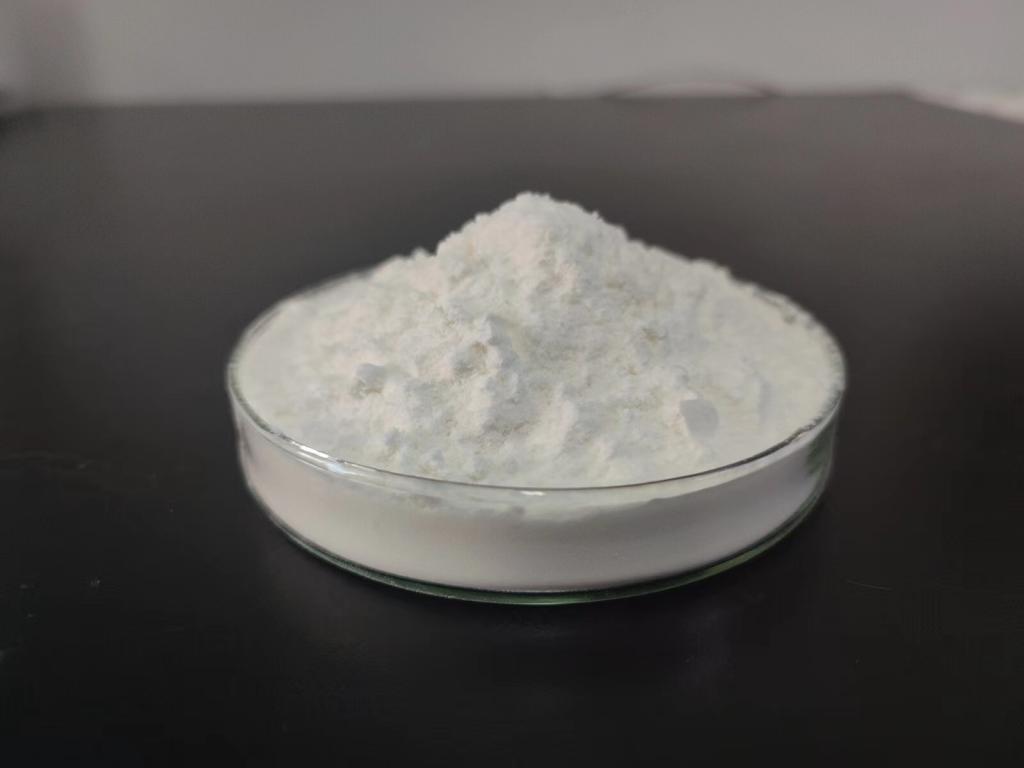Tel:+8618231198596

News
 CONTACT
CONTACT
 CONTACT
CONTACT
- Linkman:Linda Yao
- Tel: +8618231198596
- Email:linda.yao@dcpharma.cn
- Linkman:CHARLES.WANG
- Department:Overseas
- Tel: 0086 0311-85537378 0086 0311-85539701
News
Investigating consumer acceptance and perceptions of ε-Polylysine hydrochloride as a food additive.
TIME:2024-04-19
Factors Influencing Consumer Acceptance
Perceived Safety: Consumer perceptions of safety are paramount when evaluating food additives. Transparency regarding the safety assessments and regulatory approvals of ε-Polylysine hydrochloride can instill confidence in its use among consumers.
Clean Label Preferences: Growing consumer demand for clean-label products, free from artificial additives and preservatives, may influence acceptance of ε-Polylysine hydrochloride. Clear labeling and communication of its natural origin and safety profile can address concerns related to clean label preferences.
Familiarity and Understanding: Consumer familiarity with ε-Polylysine hydrochloride and its purpose as a preservative may influence acceptance. Educating consumers about its benefits in enhancing food safety and quality can promote understanding and acceptance.
Taste and Texture Impact: Consumer acceptance may be influenced by perceived changes in taste, texture, or sensory attributes of food products due to the addition of ε-Polylysine hydrochloride. Ensuring minimal impact on sensory characteristics can mitigate concerns and enhance acceptance.
Trust in Regulatory Oversight: Consumer trust in regulatory agencies and their oversight of food additives can influence acceptance. Transparent communication regarding regulatory approvals and safety evaluations can bolster consumer confidence in the use of ε-Polylysine hydrochloride.
Consumer Perceptions and Concerns
Safety: Consumer perceptions of safety are paramount when evaluating food additives. Concerns about potential health risks or adverse effects associated with ε-Polylysine hydrochloride may arise, necessitating clear communication of safety data and regulatory approvals.
Naturalness: Some consumers may question the naturalness of ε-Polylysine hydrochloride as a food additive, particularly if they perceive it as a synthetic or chemical ingredient. Emphasizing its natural origin and production process can address concerns related to naturalness.
Clean Label Preferences: Consumers seeking clean-label products may express reservations about the use of ε-Polylysine hydrochloride as a food additive. Strategies to mitigate these concerns include transparent labeling and communication of its safety and efficacy.
Perceived Need: Consumer acceptance may be influenced by the perceived necessity of ε-Polylysine hydrochloride in food products. Highlighting its role in enhancing food safety and quality can underscore its importance and relevance to consumers.
Ethical and Environmental Considerations: Some consumers may consider ethical or environmental factors when evaluating food additives. Assessing the environmental impact of ε-Polylysine hydrochloride production and its sustainability can address concerns in this regard.
Strategies to Foster Consumer Acceptance
Transparent Labeling: Clear and informative labeling that identifies ε-Polylysine hydrochloride as a natural preservative can enhance consumer understanding and acceptance.
Education and Communication: Providing consumers with information about the safety, efficacy, and regulatory approvals of ε-Polylysine hydrochloride can address misconceptions and build trust.
Sensory Testing and Product Development: Conducting sensory evaluations and product testing to assess the impact of ε-Polylysine hydrochloride on taste, texture, and overall product quality can inform formulation decisions and optimize consumer acceptance.
Engagement and Dialogue: Engaging with consumers through marketing campaigns, social media platforms, and consumer feedback mechanisms allows for open dialogue and addressing concerns in real time.
Partnerships with Retailers and Certification Programs: Collaborating with retailers and participating in certification programs that endorse clean-label products can enhance the credibility and acceptance of ε-Polylysine hydrochloride-containing foods.
Conclusion
Consumer acceptance and perceptions of ε-Polylysine hydrochloride as a food additive are influenced by various factors, including safety, naturalness, taste, and regulatory oversight. By addressing consumer concerns and implementing strategies to foster acceptance, food manufacturers can leverage the benefits of ε-Polylysine hydrochloride in enhancing food safety and quality while meeting consumer preferences for clean-label products. Through transparent communication, education, and product innovation, ε-Polylysine hydrochloride can become a valued tool in the pursuit of safer and more sustainable food products.
- Tel:+8618231198596
- Whatsapp:18231198596
- Chat With Skype







